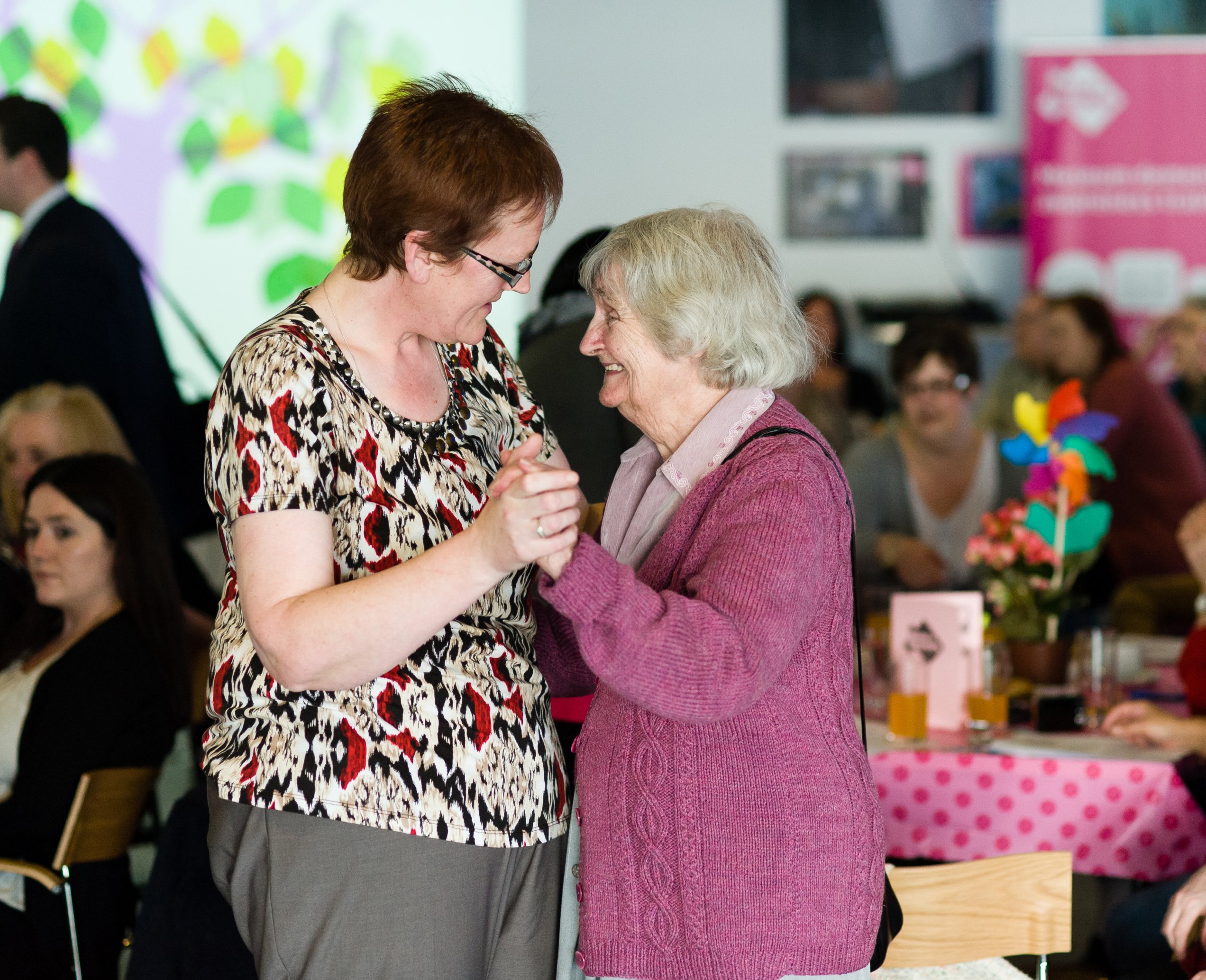
Photo: National Museums Liverpool
Collaborative resilience
Kerry Wilson discusses the complexities and rewards of cross-sector collaborative working and networked cultural leadership in an age of resilience.
The Department for Culture Media and Sport’s the Culture White Paper emphasised the instrumental value of arts and culture in its strategic ambitions relating to stronger and healthier communities, economic growth and asset-based placemaking.
Its objectives include improving relationships between cultural sectors, public commissioners and local partners via ‘better collaboration’ with agencies including Local Enterprise Partnerships, health and care services, police and community safety organisations.
The survival chances of cultural collaborations depend upon mutual trust and appreciation of one another’s unique values
This message was reinforced in April by a report on funding arts and culture in a time of austerity by the New Local Government Network on behalf of Arts Council England (ACE). Shared purpose collaborative working is also a central tenet of devolution discussions, creating both opportunities and challenges for arts and culture as described in a recent comment piece by the University of Manchester’s Dr Abi Gilmore.
The Liverpool City region has responded to this by announcing the creation of a strategic Cultural Partnership as part of its devolution agreement.
The dominant contemporary cultural policy narrative therefore seems to be resilience through localised integration. One interpretation of this would be ‘sort it out among yourselves’, with the onus on cultural organisations to reassert their place in local networks and funding landscapes.
Networked cultural leadership in action
The value of cross-sector collaborative working has become a common feature of research at the Institute of Cultural Capital (ICC). One leading example is our long-term research collaboration with National Museums Liverpool (NML), focused on the dementia awareness training programme House of Memories.
Originally funded by the Department of Health, more than 10,000 health and social care workers have participated in the programme since its launch in 2012. Our research has consistently revealed positive outcomes relating to standards of person-centred care, professional practice and social value.
Social network analysis (SNA) is enabling a graphic exploration of the collaborative leadership involved. As a starting point, our colleagues at NML were asked to identify up to ten significant organisations and services (regional and national) under the categories of ‘influencers’, ‘collaborators’ and ‘beneficiaries’.
SNA graphics illustrate the density of connections within and across the network, showing NML at the centre of a fully integrated national health and social care workforce including central and local government, national and regional health and social care agencies, national charities and trusts.
Within the context of integrated health and wellbeing agendas, fears that arts and culture will be devalued as adjunct activities of ‘other’ public services were expressed within another of our research projects on the efficacy of social prescribing as a cultural commissioning model.
Examining and profiling the leadership role of cultural organisations in creating and sustaining cross-sector partnerships, and emphasising the cultural value in outcomes achieved, can help to allay those fears.
Relationships, risk and resilience
As with any long-term relationship, the survival chances of cultural collaborations depend upon mutual trust and appreciation of one another’s unique values. Proving the cultural value therefore of cross-sector collaborations including arts and cultural partners to other stakeholders is a key challenge.
In a comprehensive review of understanding the value of arts and culture, the Arts and Humanities Research Council recommends paying equal attention to intrinsic and instrumental benefits of the arts, preferably via mixed-method, large-scale research projects.
This creates another big ask of the cultural sector, which in turn depends on extended collaborative relationships with those with the skills and capacity to build such an evidence base, including universities and independent researchers.
On a note of caution, we shouldn’t exaggerate or over-sell the benefits of integrated services and their resilience, especially with regards to arts funding. Irrespective of the strength of relationships between partners, cultural health and wellbeing programmes are still vulnerable to economic climates and third-party financial decision-making.
One arts on prescription programme profiled through our social prescribing work, proven to be a valuable local asset through evaluation and with loyal partnerships built over a ten-year period, has since lost its main local authority funding stream.
New connections
Cultural colleagues should feel encouraged to undertake both a pragmatic and philosophical audit of their existing networks, with a view to advocating their collaborative strengths and articulating the uniquely cultural value that they bring to those networks.
This will help to identify gaps and look for opportunities to create new connections, taking advantage of structures that are now in place, including the ACE-funded Cultural Commissioning Programme.
Our next steps in this research area include a new project investigating the ethics of collaborative cultural work with museums-led health and wellbeing projects and prison library services. This will explore the interpersonal motivations and outcomes of such work with regards to professional identities and codes of practice.
On which note, I’ll end with an observation on the leaders of high-performing, socially engaged, networked cultural programmes I have encountered to date. They are all women.
Kerry Wilson is Head of Research at the Institute of Cultural Capital.
iccliverpool.ac.uk
Tw: @KWilsonWA8
Join the Discussion
You must be logged in to post a comment.